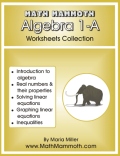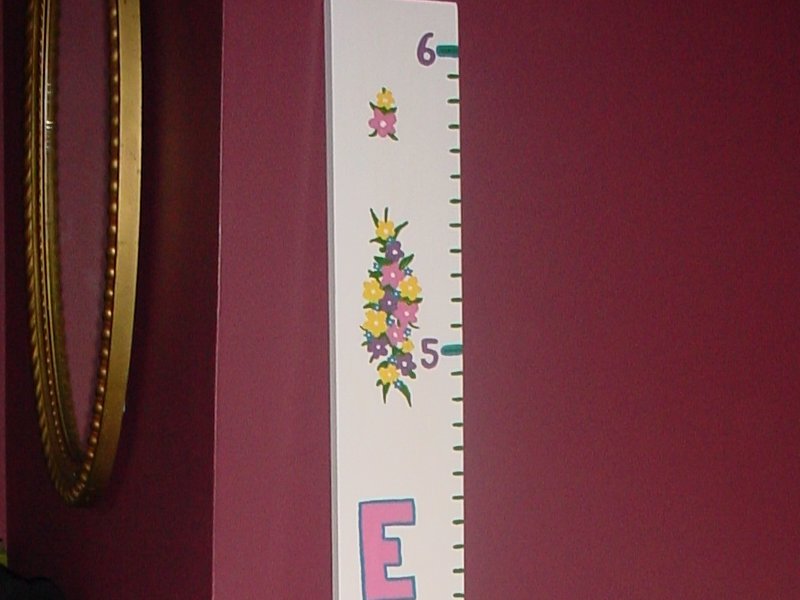Here's the deal: I'm working on curriculum for my school and Algebra 2 is making my eyes cross. I think the major problem is the state of Virginia is in a transition year between "
old" Standards of Learning (SOLs), and "
new" ones. This year is supposed to be the year that we're still teaching and assessing the old SOLs, but we're supposed to teach the new ones, too. Those of you that teach Algebra 2 already know that there's an enormous amount of information to cover in a short period of time. To give you context, our school teaches it as a semester-long block course. There's only so much a brain can handle in one day, though!
Here's the first draft of my skills list and structure...I'm not sure what to do about the old vs. new SOLs (my skills list is based on the old SOLs because that is what will be assessed).
Note:
Gray items are not included in old or new SOLs but might be necessary for student understanding
Blue items are being taken out of the SOLs starting next year
Red items are new to the SOLs starting this year
Unit 1 Algebra 1 Review/Solving Equations 1 Solve multi-step equations and inequalities 2 Matrix +/- 3 Solve compound inequalities 4 Solve absolute value equations
5 Solve absolute value inequalities
Unit 2 Polynomial Review/Add Depth 6 Factor trinomial a = 1
7 Factor trinomial a > 1
8 Factor special cases (sum/diff of cubes, diff of squares, perfect square trinomials)
9 Factor out GCF first (factor completely)
10 Exponent rules 11 +/- polynomials 12 Multiply polynomials 13 Divide polynomials Unit 3 Rational Expressions 14 Identify undefined values
15 Simplify rational expressions by factoring and canceling out common factors
16 Multiply and divide fractions 17 Multiply and divide rational expressions
18 Add and subtract fractions 19 Add and subtract rational expressions
20 Simplify complex fractions
21 Solve rational equations
Unit 4 Radicals, Radical Equations and Complex Numbers 22 Simplify numbers under radical
23 Simplify monomials under radical
24 Multiply and divide radicals
25 Add and subtract radicals
26 Nth roots to rational exponents and vice versa
27 Simplify expressions with nth roots and rational exponents
28 Solve radical equations
29 Simplify square roots with negative terms inside radical using i
30 Add and subtract complex numbers
31 Powers of i
32 Multiply complex numbers
Unit 5 Functions (intro) 33 Domain and range of relations (from ordered pairs, mapping, graph, table)
34 Identify relations that are functions and one-to-one
35 Given graph and a value k, find f(k)
36 Given graph, find zeros
37 Given graph and a value k, find where f(x)=k
Unit 6 Linear Functions
38 Slope from graph, equation, points 39 Graph from equation 40 Equation from graph 41 x- and y- intercepts 42 Determine whether lines are parallel, perpendicular, or neither from equation or graph 43 Write equations for parallel and perpendicular lines given line and point off the line 44 Graph linear inequalities Unit 7 Systems
45 Solve systems of equations by graphing 46 Multiply Matrices using a graphing calculator 47 Inverse matrix method of systems 48 Systems of equations word problems 49 Graph systems of linear inequalities 50 Linear programming max/min problems Unit 8 Functions (reprise) 51 Function math (addition, subtraction, multiplication, division) 52 Function composition, find a value i.e. f(g(3))
53 Function composition, find the function i.e. f(g(x))
54 Find an inverse function by switching variables
Unit 9 Quadratics 55 Graph from vertex form, identify max/min and zeros
56 Solve by factoring
57 Solve by Quadratic Formula (including complex solutions)
58 Determine roots using the discriminant 59 Write equation for quadratic given roots
60 Quadratic systems
61 Polynomials: relating x-intercept, zeroes and factors
62 End behavior for polynomials Unit 10 Exponential/Logarithmic functions 63 Exponential growth or decay from function 64 Sketch base graph of exponential/log functions
65 Exponential to log and vice versa 66 Data analysis/curve of best fit for linear, quadratic, exponential and log
Unit 11 Transformations and Parent Functions 67 Graph absolute value functions
68 Horizontal and vertical translations of linear, quadratic, cubic, abs value, exponential and log
69 Reflections and stretching of linear, quadratic, cubic, abs value, exponential and log
70 Combinations of transformations on parent functions
71 Identify parent graphs of parent functions
72 Identify equations of parent functions
Unit 12 Conics
73 Identify a conic from graph 74 Identify a conic from equation Unit 13 Variations 75 Write equation for direct, inverse and joint variation problems
76 Find the constant of variation
Unit 14 Sequences/Series 77 Write n terms of an arithmetic sequence
78 Find the sum of a finite arithmetic series
79 Write n terms of geometric sequence
80 Find sum of geometric series
81 Use formulas to find nth term
82 Identify sequence/series as arithmetic, geometric or neither
Unit 15 Statistics 83 Determine probabilities associated with areas under the normal crve 84 Compute permutations and combinations If you made it this far, here's my call for help: Anyone have advice/suggestions for how to make this work and/or a better way to organize the information into cohesive units that seem to occur in a somewhat logical order? There is and will continue to be an emphasis on function families and transformations (as there should be). I find it difficult to express on paper how each function category needs to be a resting place, but they are all connected in the ways that transformations apply. Any ideas?
...oh...and I'm going to be teaching one section of deaf students and one section of blind students...in case that makes a difference
**edit: I've added links to the
old and
new Virgina SOLs for Algebra 2 if anyone's interested**
point slope calculator

 Math Mammoth Algebra 1 Worksheets Collection
Math Mammoth Algebra 1 Worksheets Collection









